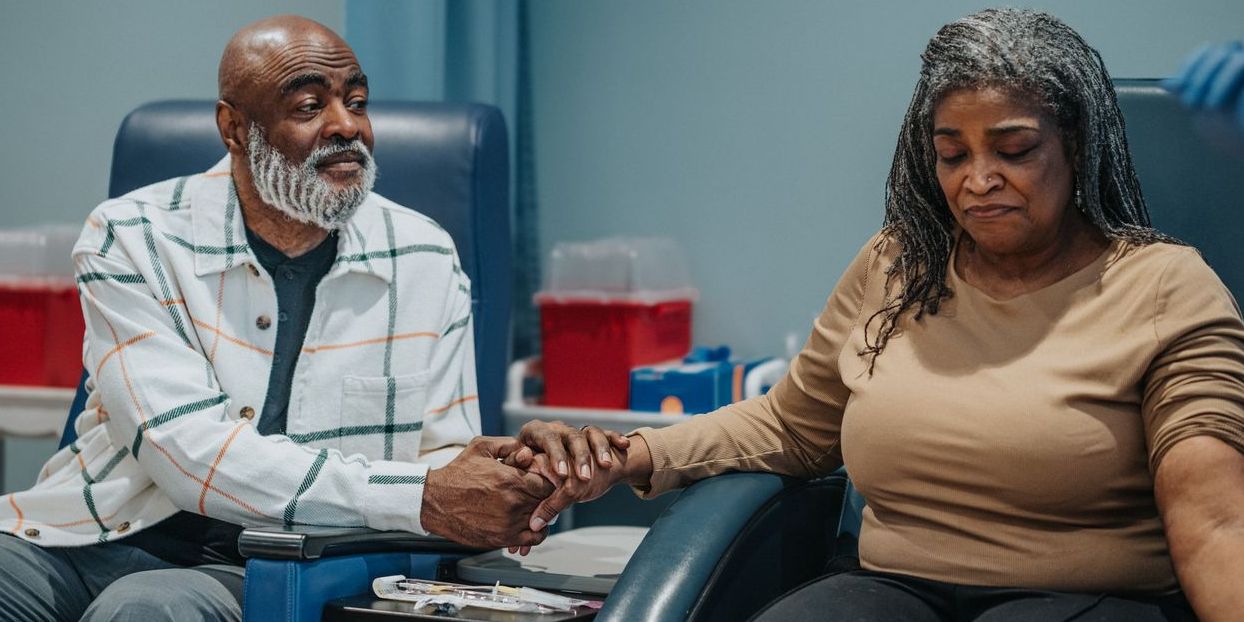The following is a summary of “Reoperation and pain-related outcomes after hysterectomy for endometriosis by oophorectomy status,” published in the January 2023 issue of Obstetrics and Gynecology by Long, et al.
The results of patients who had a hysterectomy for endometriosis combined with bilateral salpingo-oophorectomy and those who had a hysterectomy with preservation of one or both ovaries need to be compared in further studies. For a study, researchers sought to compare patients who had a hysterectomy with conservation of both ovaries, a hysterectomy with unilateral salpingo-oophorectomy, and a hysterectomy with bilateral salpingo-oophorectomy for the rate and types of reoperations (primary outcome) and use of other pain-related health services (secondary outcomes).
The population-based, retrospective cohort research included 4,489 Canadians aged 19 to 50 who had hysterectomies for endometriosis between 2001 and 2016. Hysterectomy alone (conservation of both ovaries), hysterectomy with unilateral salpingo-oophorectomy, or hysterectomy with bilateral salpingo-oophorectomy were the three categories for the index procedures. The main result was the reoperation rate. The usage of hormone replacement therapy, hormonal suppressants, and doctor visits for endometriosis and pelvic discomfort were secondary outcomes (assessed 3–12 months and 1–5 years following hysterectomy).
All groups had low reoperation rates, with 89.5% of patients staying reoperation-free after the follow-up period (median of 10 years; interquartile range, 6.1–14.3 years). When compared to patients who received a hysterectomy with bilateral salpingo-oophorectomy, most frequently an oophorectomy or adhesiolysis, patients who underwent a hysterectomy alone were more likely to experience at least one reoperation (13% vs 5%; P<.0001). The disparity was only partly mitigated in a sensitivity analysis that excluded oophorectomy as a reoperation (6% of the group receiving just hysterectomy vs. 3% of the group receiving hysterectomy with bilateral salpingo-oophorectomy enduring at least 1 reoperation). Regarding the frequency of doctor visits for endometriosis or pelvic pain as well as the duration of completed opioid prescriptions, all groups showed a striking similarity. Additionally, the usage of hormonal suppressant medications was comparable amongst the groups, but 60.6% of patients who filled at least 1 prescription between 3 and 12 months following the index operation had undergone a hysterectomy with bilateral salpingo-oophorectomy.
In comparison to patients who had a hysterectomy with the conservation of one or both ovaries, those who received a hysterectomy with bilateral salpingo-oophorectomy had a decreased reoperation rate. The secondary outcomes, such as doctor visits for endometriosis and pelvic pain, opioid use, and use of hormonal suppressants, showed little variation between the groups, indicating that persistent pelvic pain following hysterectomy for endometriosis may not differ significantly based on ovarian conservation status. One drawback was the inability to divide patients into groups according to their endometriosis stage or to assess how the presence of adnexal disease or deep endometriosis affected the results. Additionally, following hysterectomy with bilateral salpingo-oophorectomy, around 40% of patients did not fill their prescriptions for hormone replacement treatment, which might have serious health repercussions for those going through early surgical menopause. Therefore, ovarian conservation should be carefully considered while having a hysterectomy for endometriosis.














Create Post
Twitter/X Preview
Logout